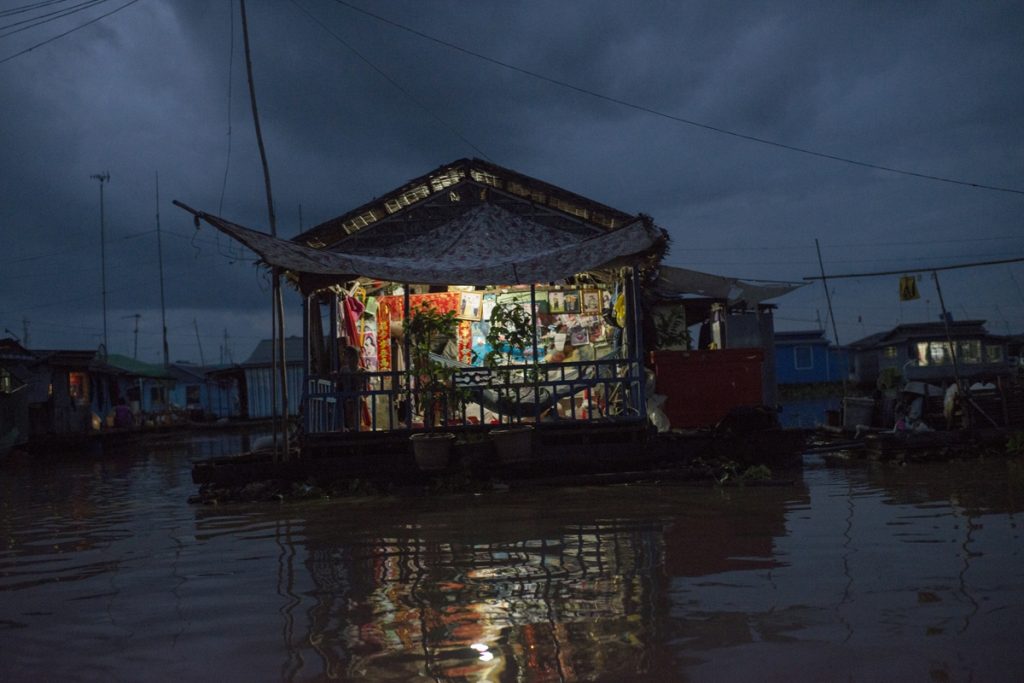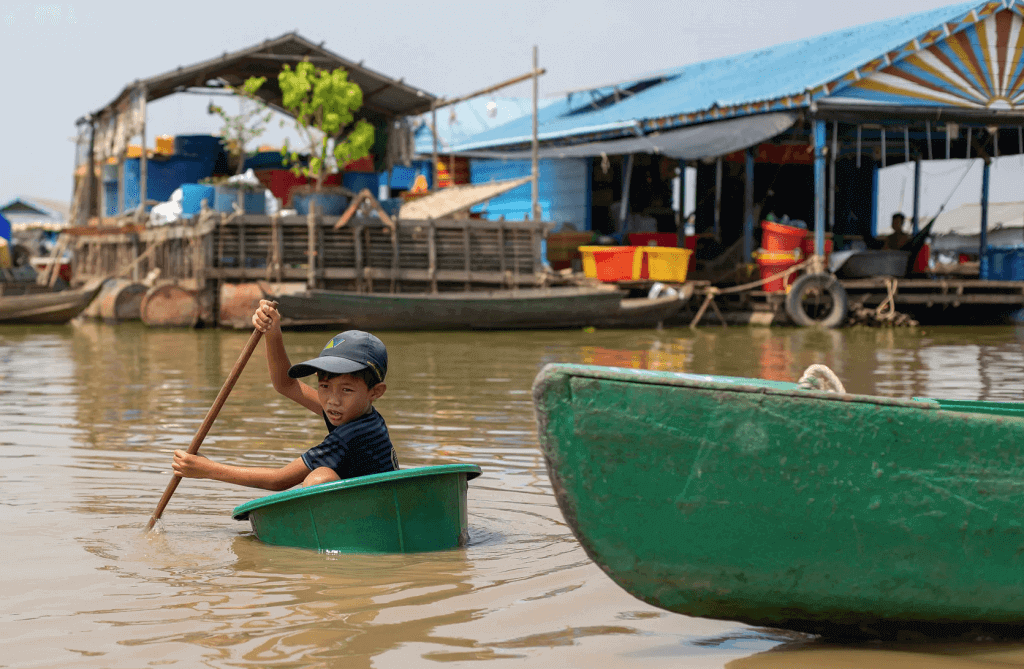In July the Mekong River, the precious lifeline for four Southeast Asian countries and China’s Yunnan Province fell to its lowest levels in 100 years, the victim of increasing climate change, agricultural runoff, and a plethora of upstream dams that threaten its existence.
The rains have finally come, but the worst casualties of a tamed Mekong are due for Cambodia’s 125-km-long Tonle Sap Lake, where life above and below the water relies on the flood pulse of the river. Now more than ever, experts are wondering how much pulse is left.
“Traditionally the annual reversal of the Tonle Sap Lake happens in late July or early August, but with this year’s drought, the reversal will come late or perhaps not at all,” said Brian Eyler, the Energy, Water, Sustainability Program Director for the Washington, DC-based Stimson Center. When the Mekong floods, it reverses the flow of the river and puts 11,000 to 16,000 sq km underwater, producing one of the most intense seasonal changes in the world. The reversal transforms the map from Phnom Penh to Siem Reap and supports globally important colonies of endangered waterbirds and giant snakehead fish alike — as well as the millions who rely on its bounty.
“I predict a lower fish catch this year than last year — how much lower is unknown and depends on many complicated factors,” Eyler said. “But if the reversal were not to happen, then not only would this year’s fish catch be stunted, but the entire ecosystem of the Tonle Sap will be put in jeopardy, possibly gravely reducing fish catches into perpetuity.”
The capricious flow of the Mekong has always affected the wildlife and people of Tonle Sap, and now some are wondering how long the people — including hundreds of thousands of Vietnamese — can survive in the doomed floodplain.
Read the full article by Tyler Roney here:
https://www.asiasentinel.com/econ-business/cambodia-tonle-sap-lake-under-threat/
Related Posts

Hope floats: Cambodia’s ethnic Vietnamese Forced to Live on the Water
“Having almost no rights in their home country, Cambodia’s ethnic Vietnamese are forced to live on the water, in poor conditions and with few opportunities.”

Inside Cambodia’s Floating Village, Where 40% of People Are Ethnic Vietnamese
Chong Kneas floating village, only 15 kilometers south of Siem Reap, is one of hundreds that line Tonle Sap Lake. Tens of thousands of families


